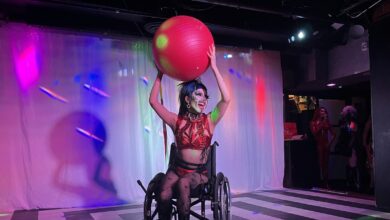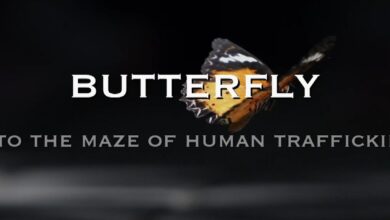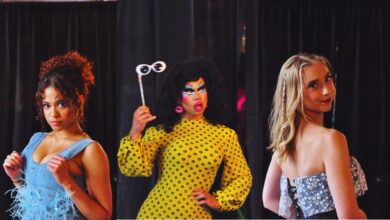First Peoples’ House’s annual Round Dance setting out to connect the campus community
Anyone from any background is encouraged to attend the ceremony
 First Peoples' House
First Peoples' HouseFirst Peoples’ House is hosting their annual round dance this Saturday in the Main Gym of Van Vliet Complex — and everyone is welcome.
According to Elder Francis Whiskeyjack, round dance is a celebration, a winter ceremony that was originally known as the friendship dance.
“Basically, it saw people getting together to celebrate new friendships, to celebrate old friendships, but a lot has to do with giving,” Whiskeyjack stated. “Giving to one another in harmony and sharing information.”
“When people participate in the round dance, it’s just a happy time, a place where people could go to retain harmony.”
Whiskeyjack said that round dances can last five or six hours into the wee hours of the morning, signifying the importance of the round dance to people. It can include as much as ten drum groups. There are many different types of round dances as well.
“It’s a place of joy [and] belonging for our communities,” Whiskeyjack contends.
There are special roles that people have in the round dance. According to Whiskeyjack, it’s a place for young men to learn from gifted singers. Songs are retained and passed on; these songs contain stories and important teachings for various Indigenous communities. There are drum leaders, an announcer who knows the history of the round dance, a stickman, and many other roles to facilitate the learning of all the people who attend.
Before the round dance commences, a pipe ceremony, a special and sacred ceremony, is performed by either an Elder or a pipe keeper. The Elder or pipe keeper will pray for the round dance to go well, for the wellbeing of the people, and also acknowledge the spirit guides.
Over the years, the number of attendees to the U of A round dance has grown. When the event was first held, the round dance kicked off International Week. Lisa Ladouceur, Acting Engagement Coordinator at The First People’s House, said that the following round dance was held in memorial of Elder Marge Friedel, who had facilitated the first round dance at the U of A and was involved in many areas of campus, including the Faculty of Native Studies and the International Centre.
“[After the first round dance] it turned into a memorial round dance,” Ladouceur said. “[Then] it progressed to its own event at the U of A.”
For Whiskeyjack, the event connects back to reconciliation.
“When the government and the churches interfered with the lifestyle of the Native people, a lot of the effects [were connected to] our youth that
Jessie Letendre, the Acting Director of the First Peoples’ House, encourages everyone, from all backgrounds, to attend and not feel intimidated if you’re new.
“For newcomers, it’s a very open and welcoming safe space,” Letendre said. “It’s a great opportunity to learn about the culture.”
“It’s a way of sharing culture in a healthy way,” Whiskeyjack said.




